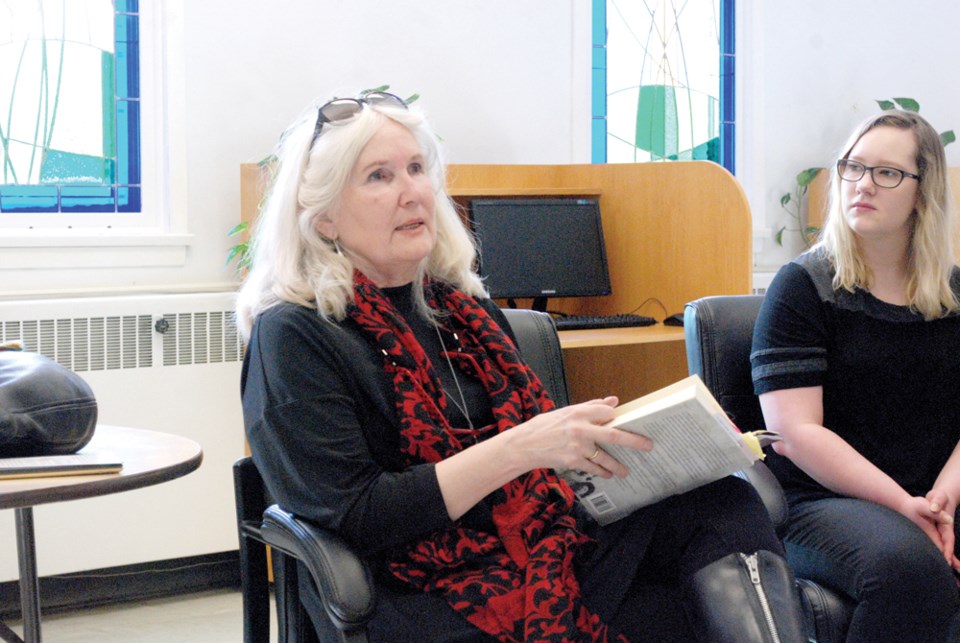When poet and essayist, Lorri Neilsen Glenn, set out to discover the story of her great grandmother, Catherine Kennedy Couture, it was not to write a book about the story.
It was to help her aunt, Kay, who had always wondered the story and Glenn took on the responsibility of looking into the steamboat crash that took their ancestors life.
That became the inspiration for Glenn’s book, Following the River: Traces of Red River Women, which she shared with the St. Peter’s College crowd for their third writer series.
“She died in a fire on a steamer north of Lake Winnipeg but (Kay) didn’t know the details...she didn’t have the wherewithal and didn’t know where to start to do the research.”
Glenn was curious too and started to find more and more information on the tragedy that took Couture’s life. Then it became a search for Couture’s contemporaries, then her Red River ancestors, and on and on. Glenn’s trips down the rabbit hole grew into four years of research while shaping and forming the many stories into a manuscript.
“It was a wealth of wonderful, fascinating material about these indigenous women and I thought, now what? How was I going to pull this into a story.”
In the end, Glenn would create a narrative story throughout the book while still telling the stories of the women she met along the way.
Even without a lot of the details of Caroline Prudence’s life as part of the social elite of the time, following the rabbit hole down through Prudence’s time period allowed Glenn to tell the story of Prudence going to a dance but being taken home when her father disapproved of her dancing the polka.
These stories of the times were the drivers of the book since they painted a more vivid picture of the times in which her grandmothers were raised.
The trip was emotional for Glenn since all the stories told are of her family and the women that surrounded them during their lives after contact with Europeans; something Glenn never learned in school to her frustration.
“I went to school in the Pas, Manitoba for a couple of years and in the back were sitting people my age who most likely came from the Opaskwayak Cree Nation. They were sitting with me learning about the Magna Carta and the British North America Act.”
Treaties and the nations of Canada were not things she was learning during that time but working on the book gave her the education she never had, she says.
This journey was something that Glenn has always been interested in, especially when it comes to the scrapbooks and history that Kay has kept. Delving into this family history journey was something that Glenn encouraged the crowd to do, especially members of the audience who still have family living who can tell the stories.
For all the advances in science since you were born, we still cannot wrinkle time.



